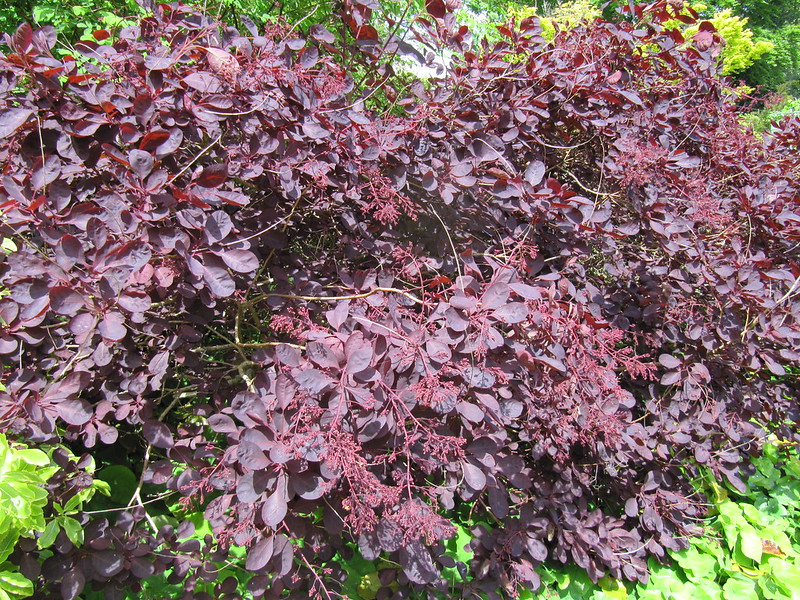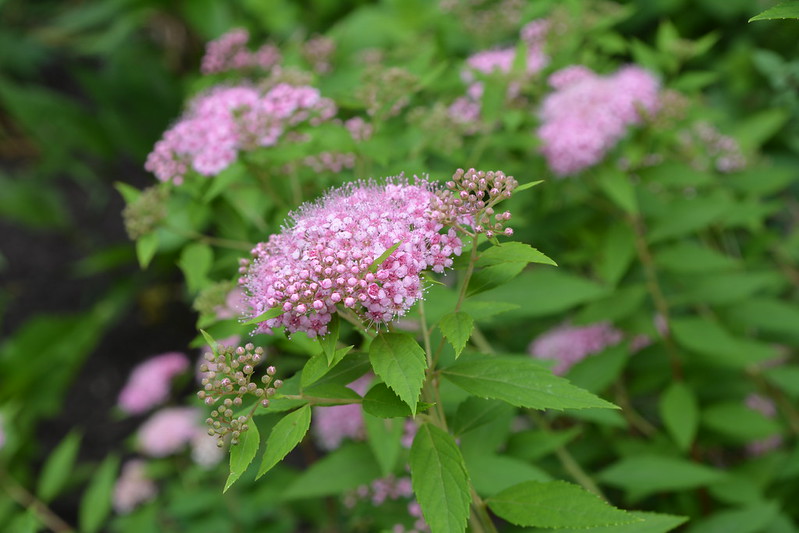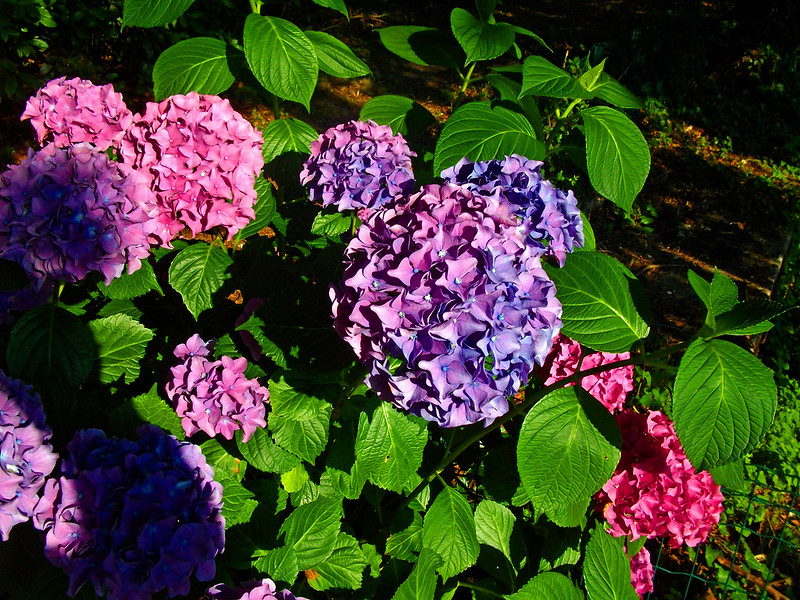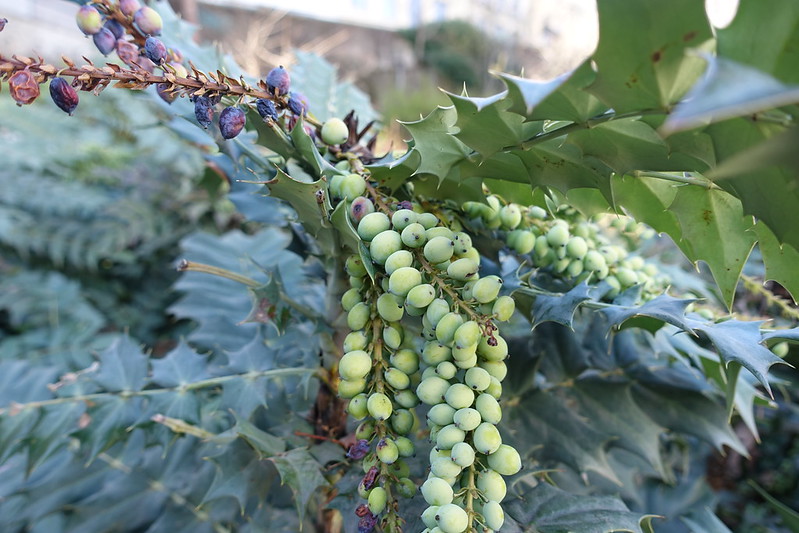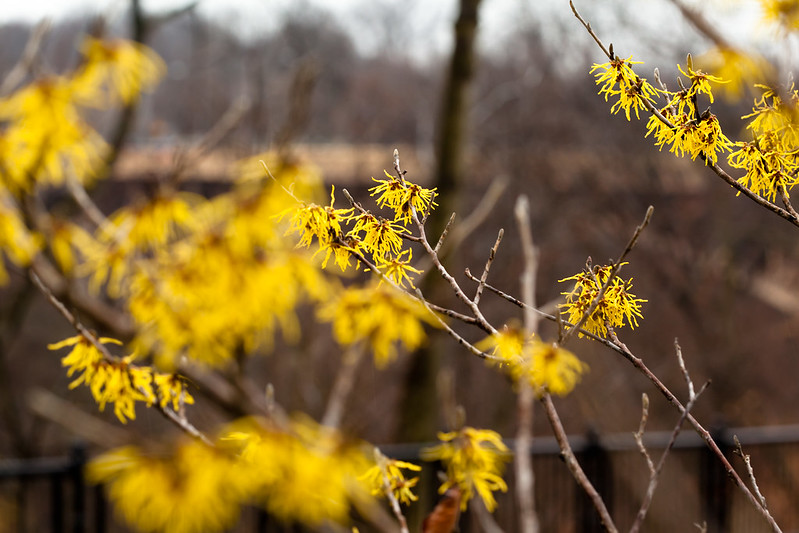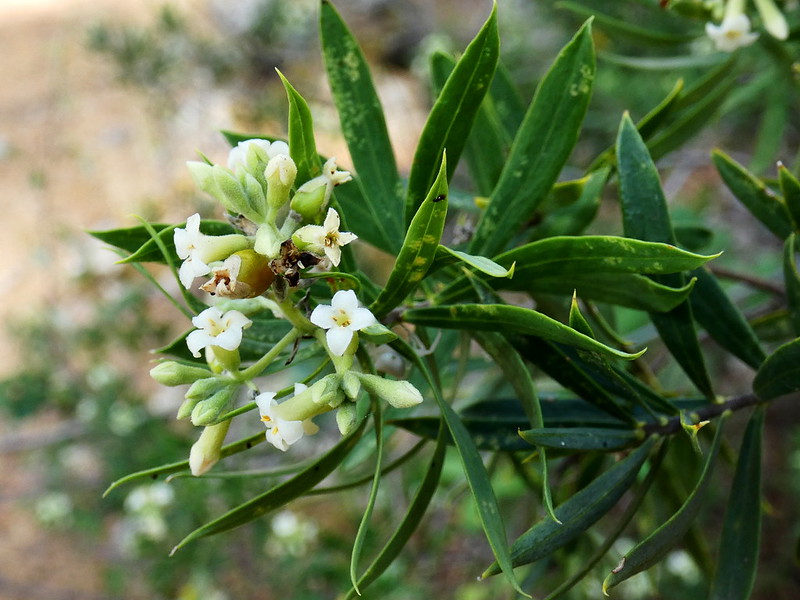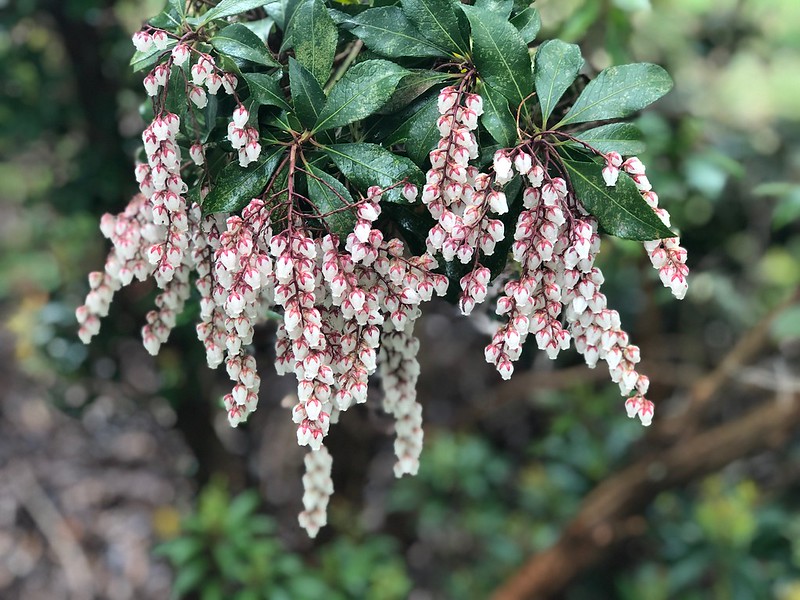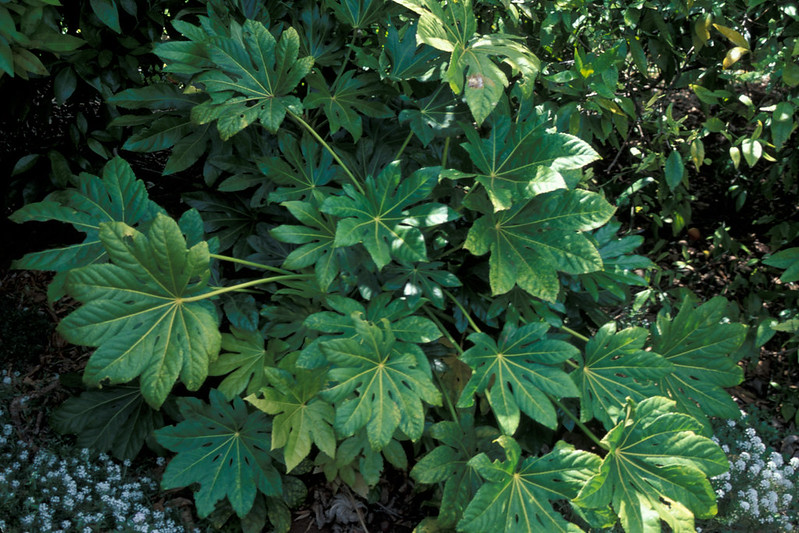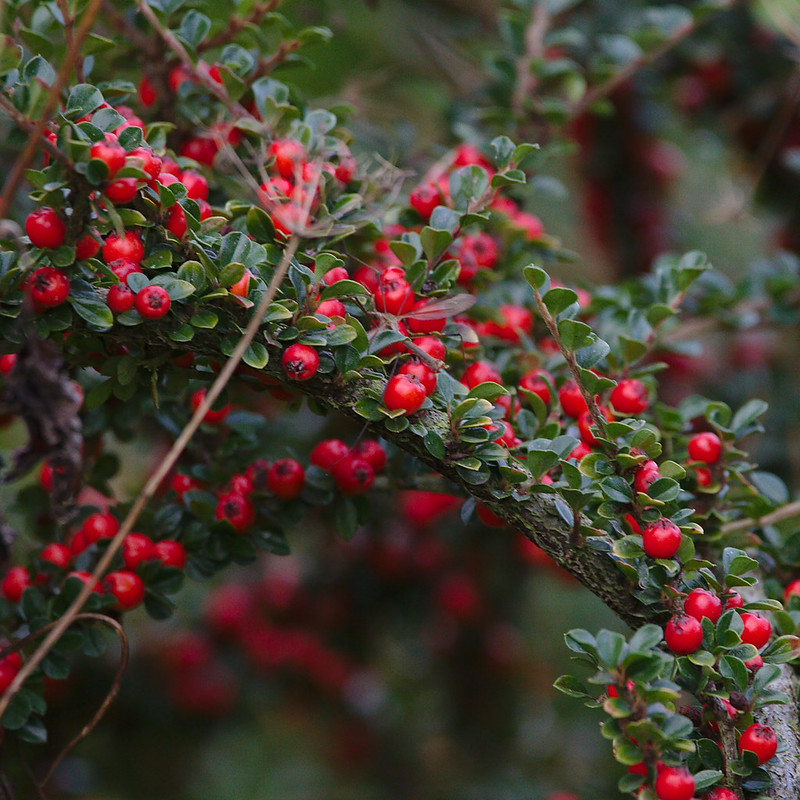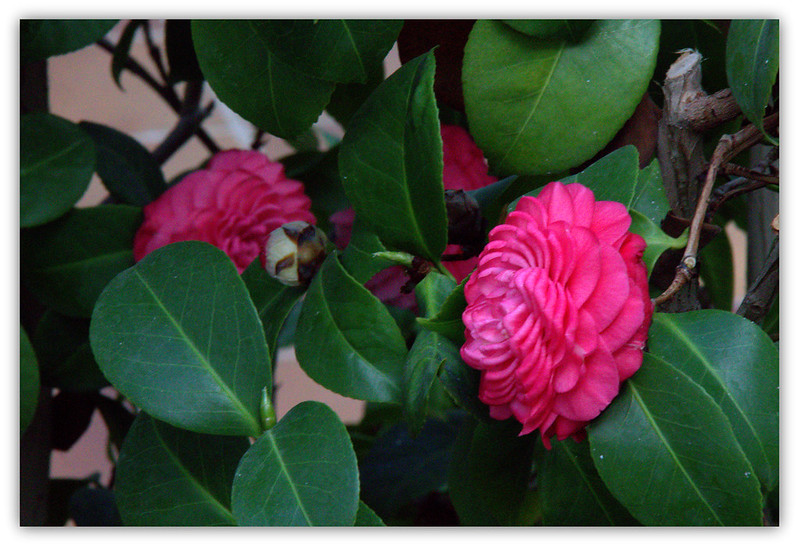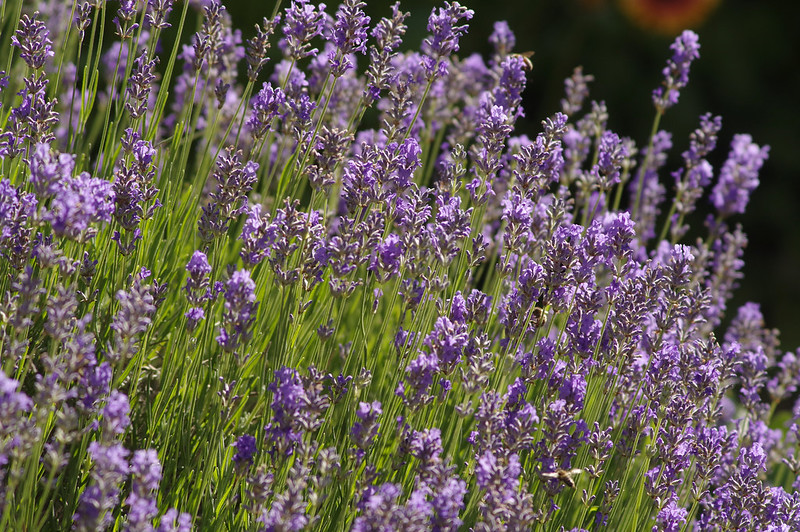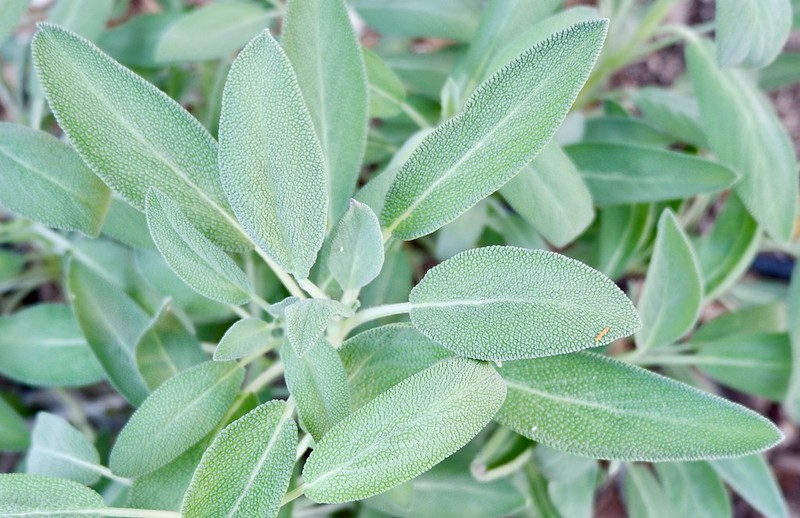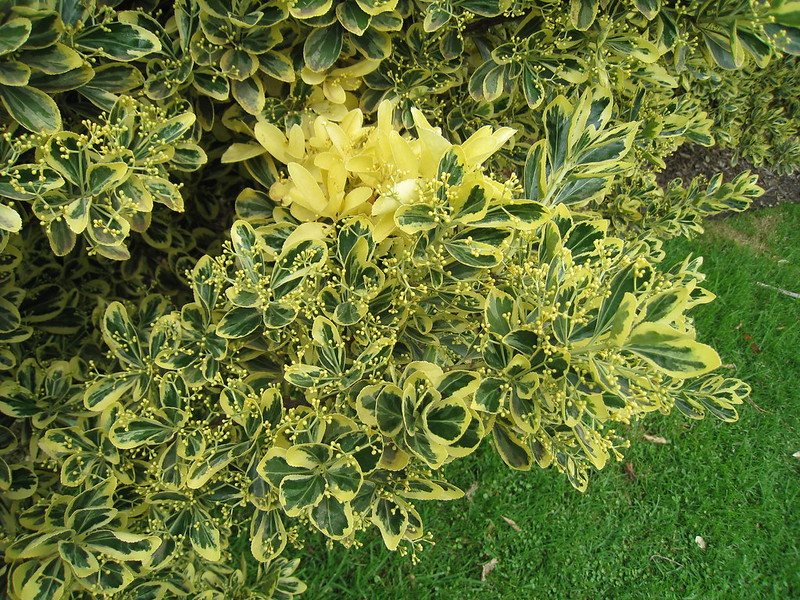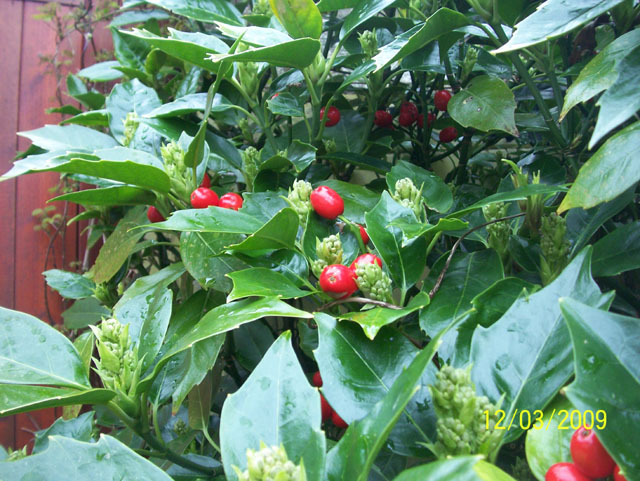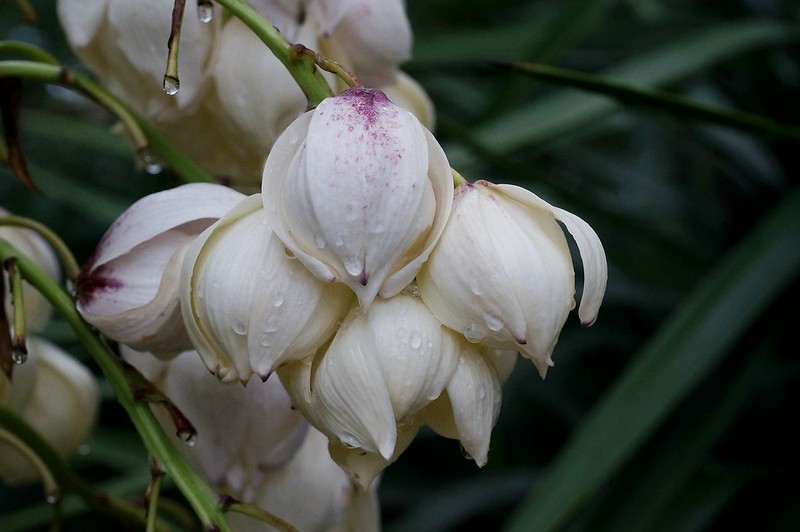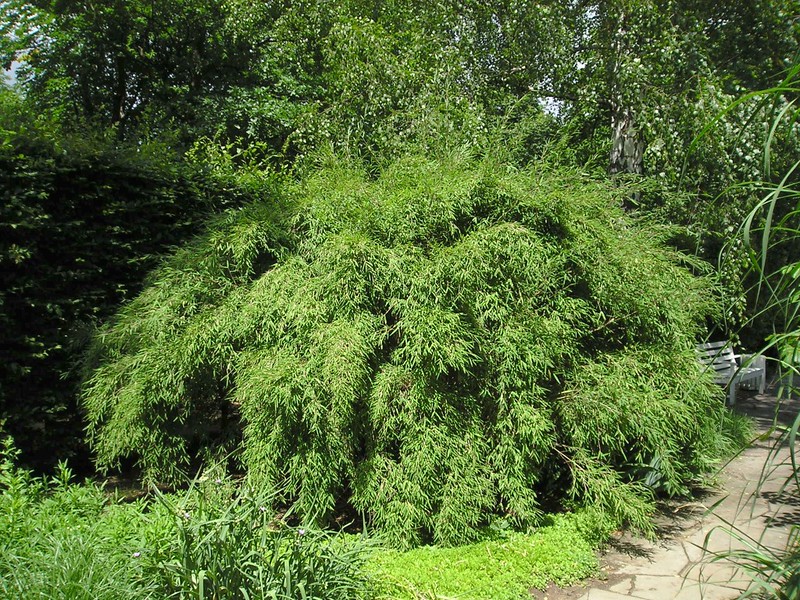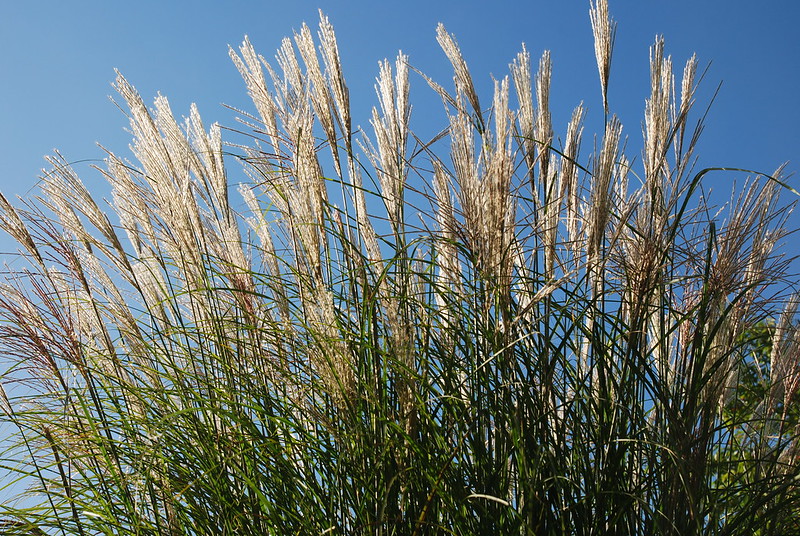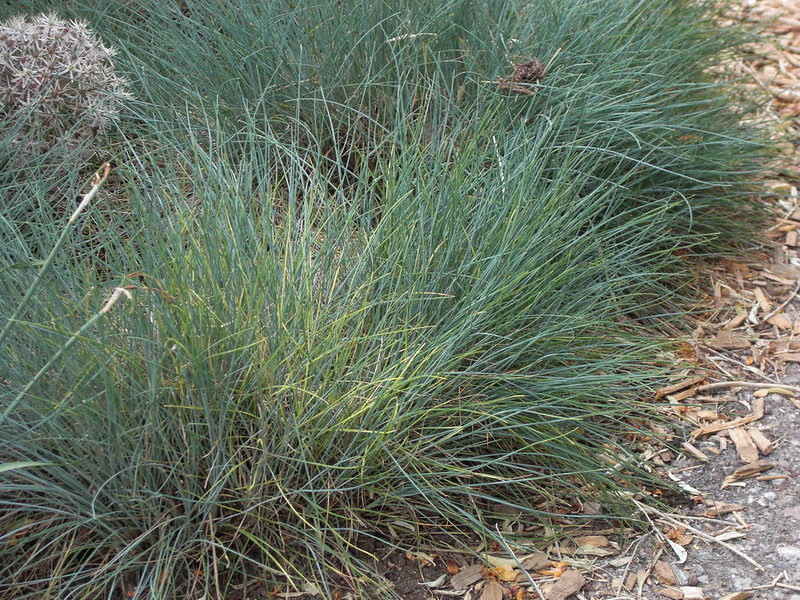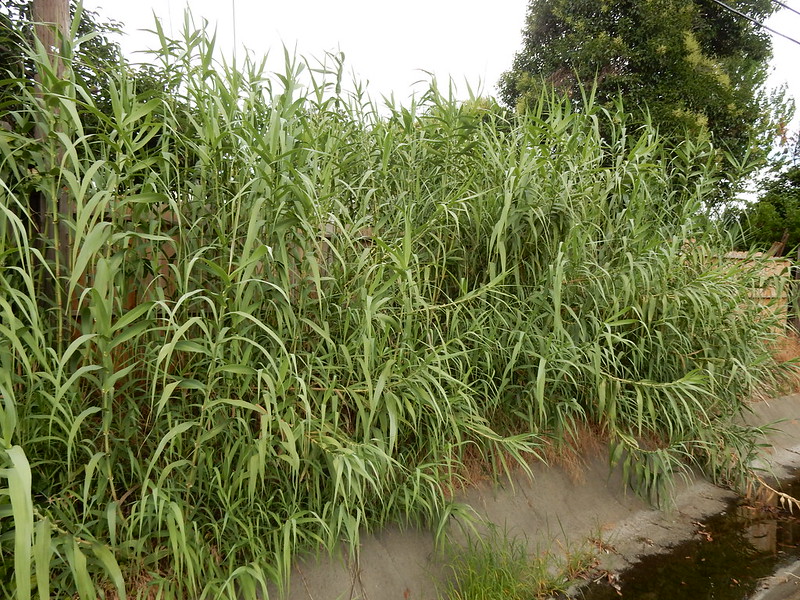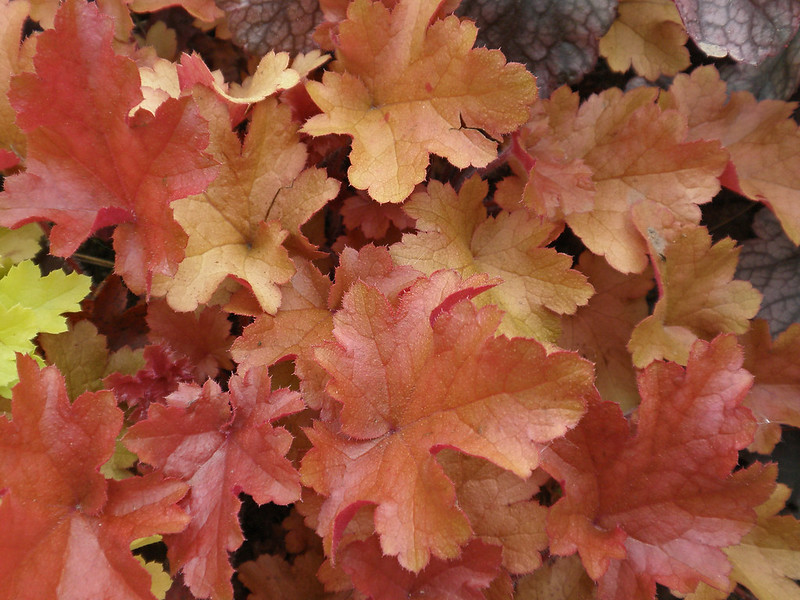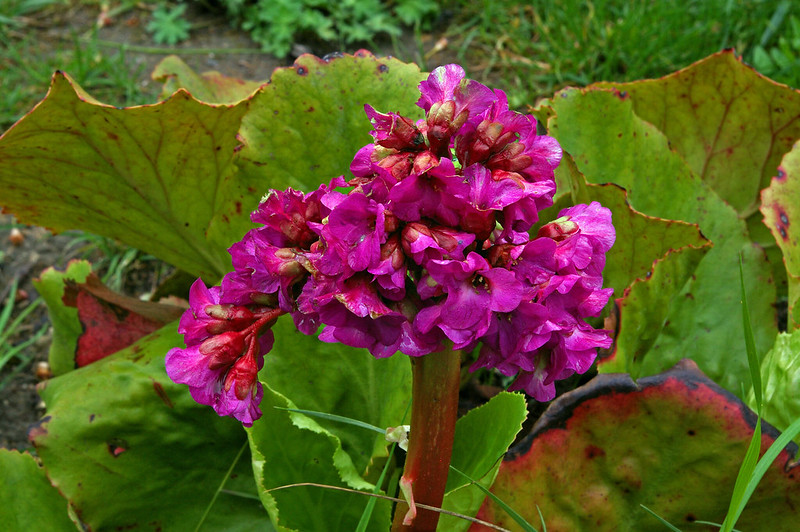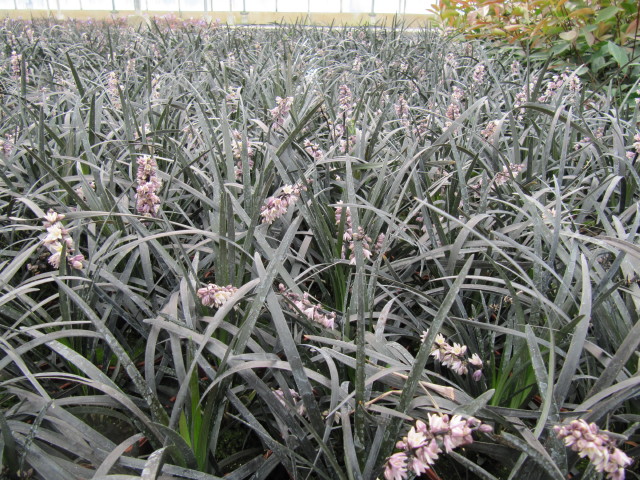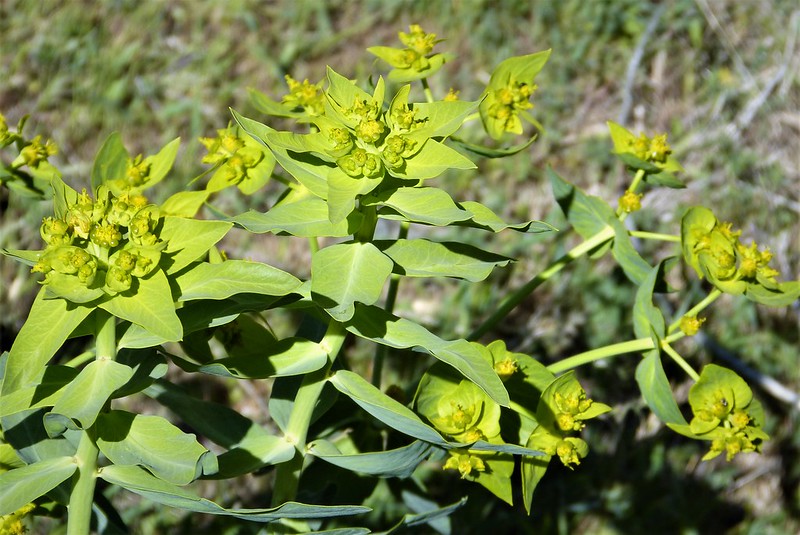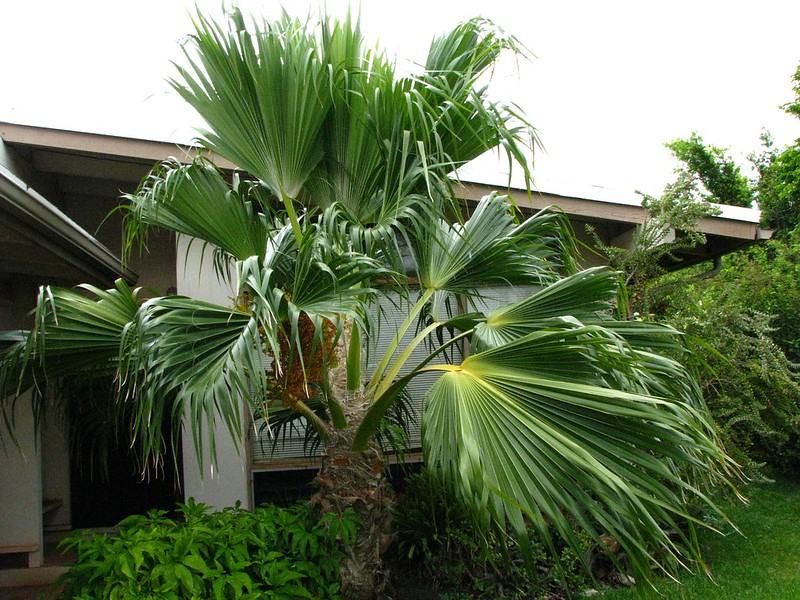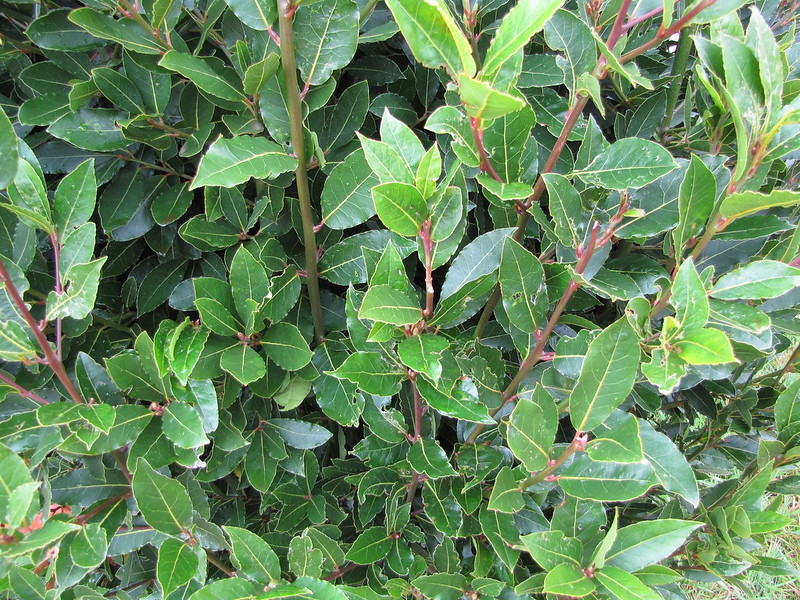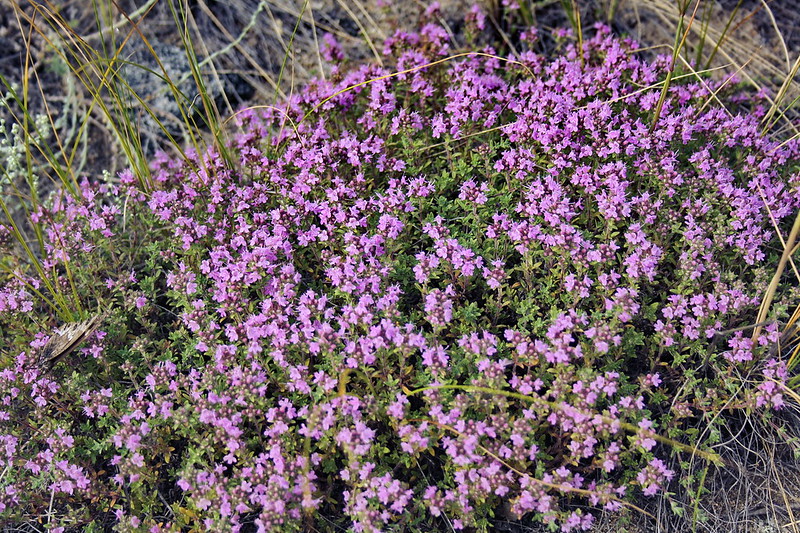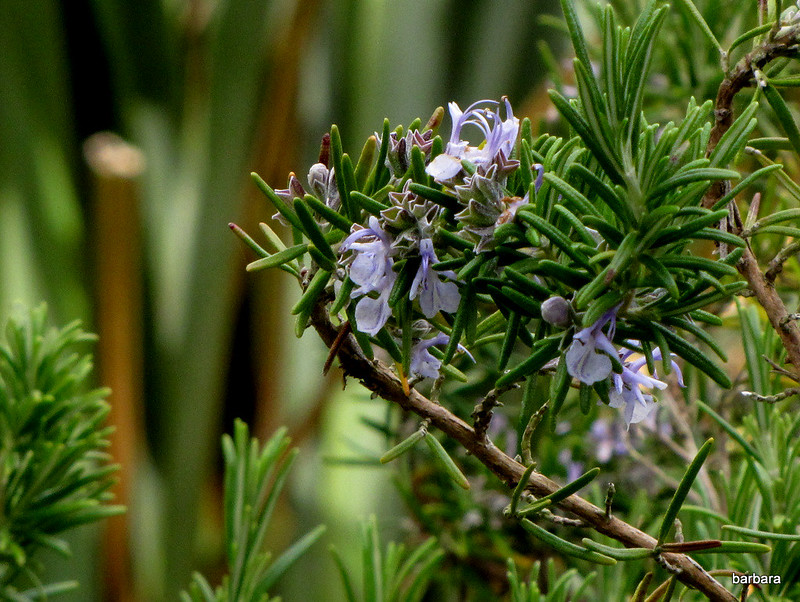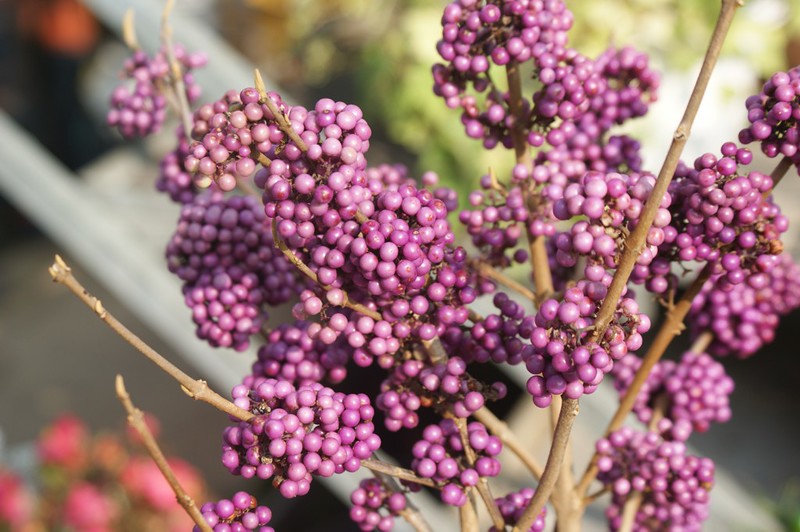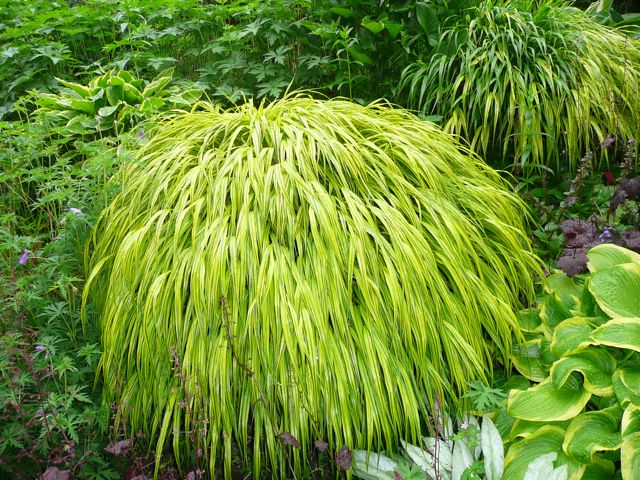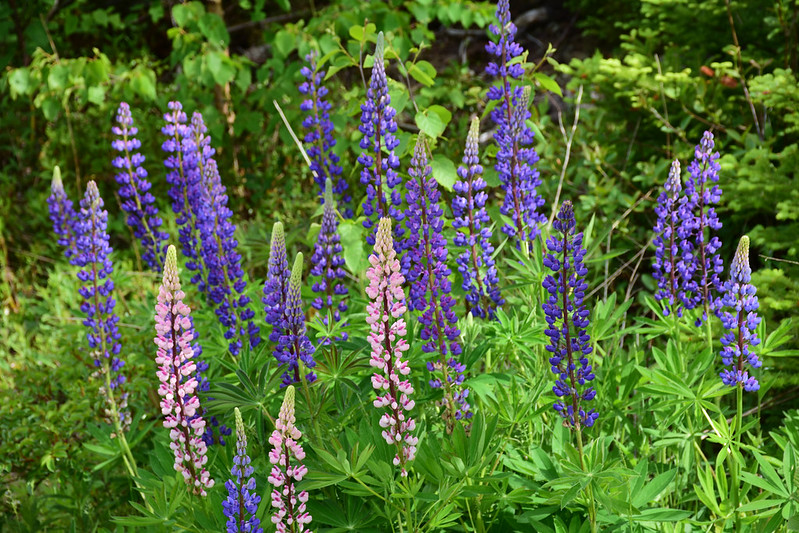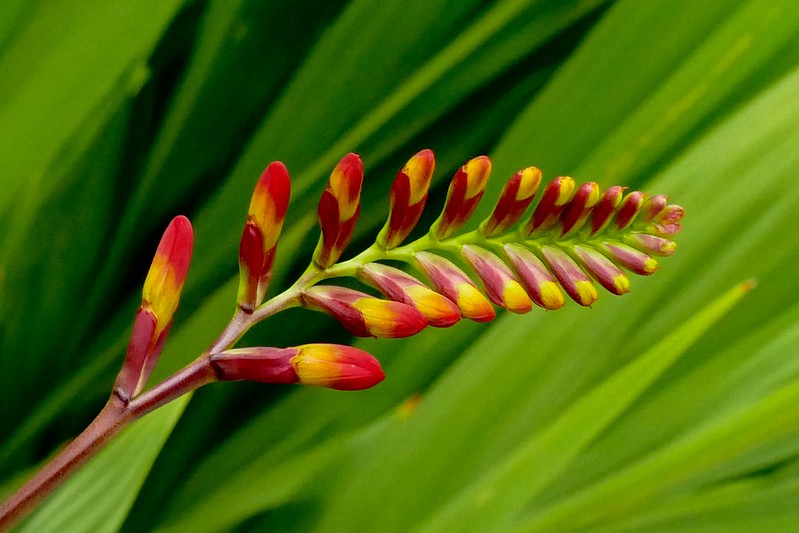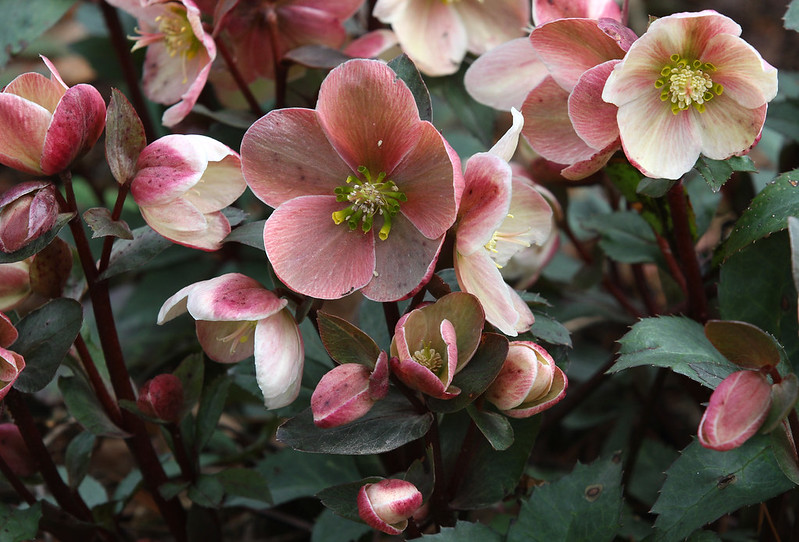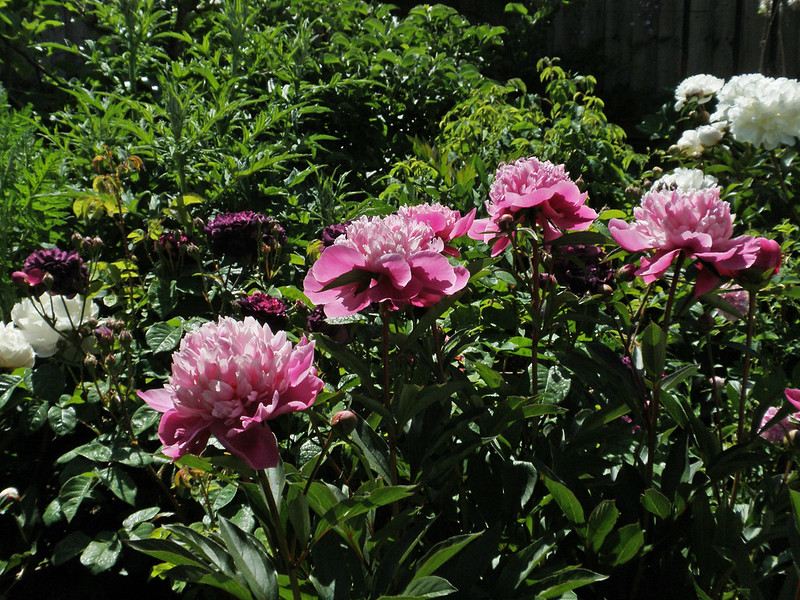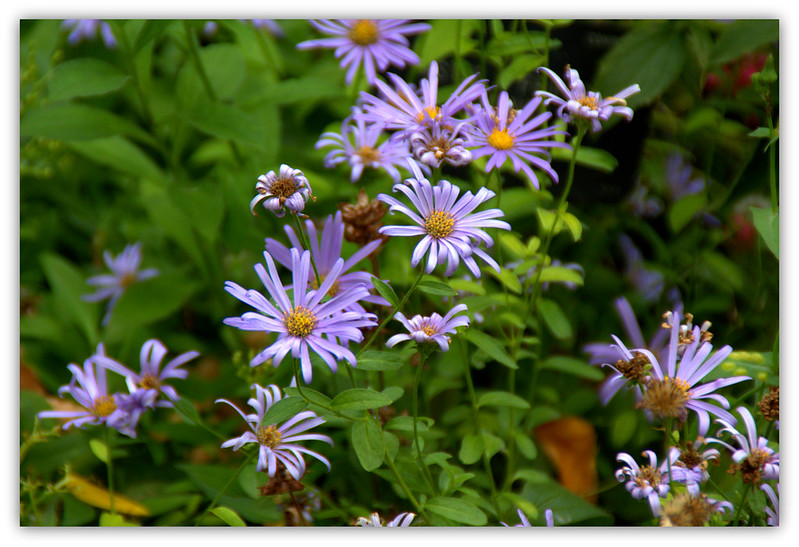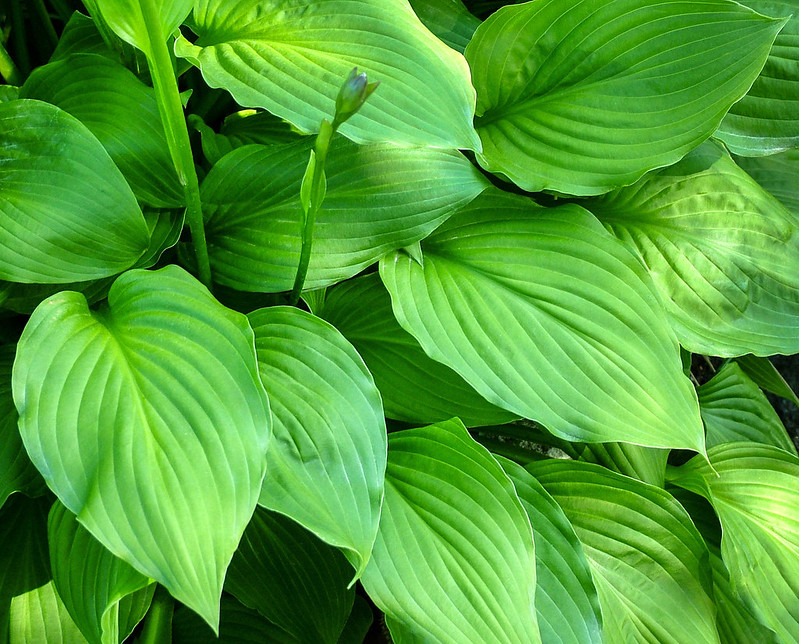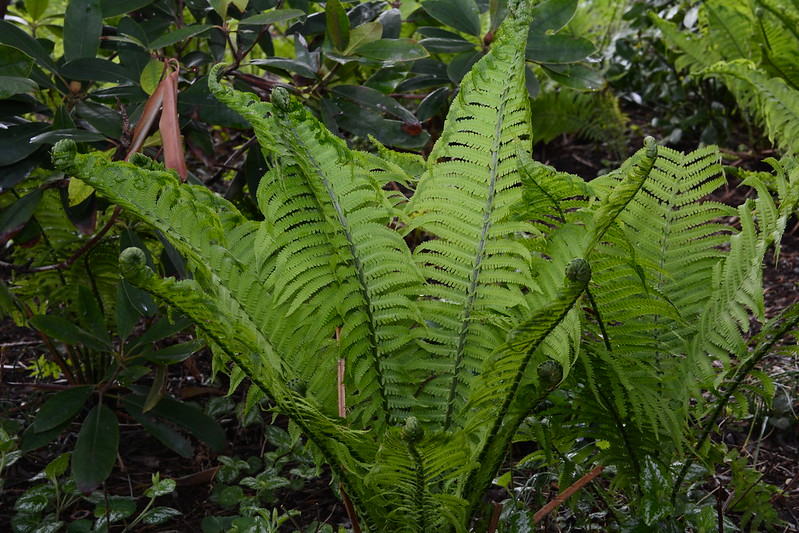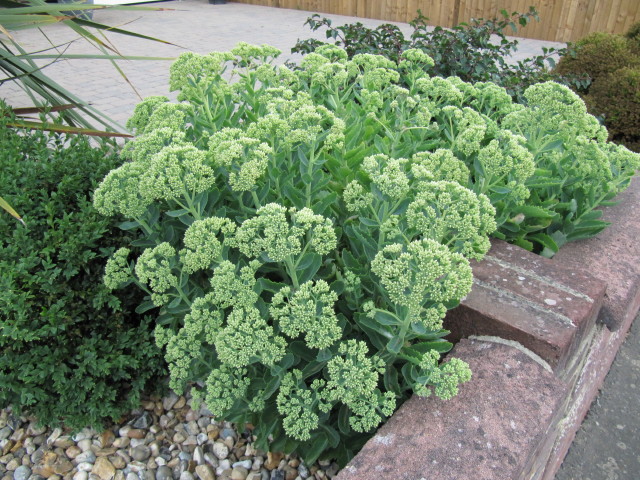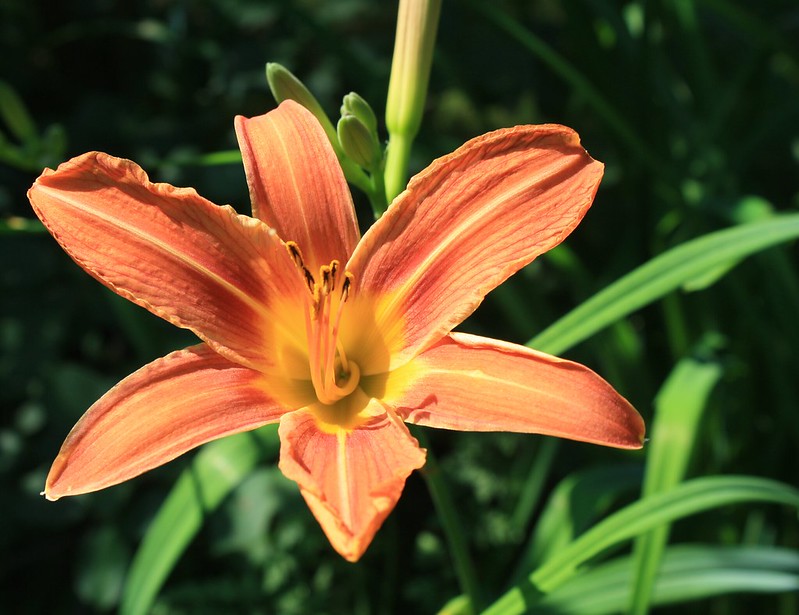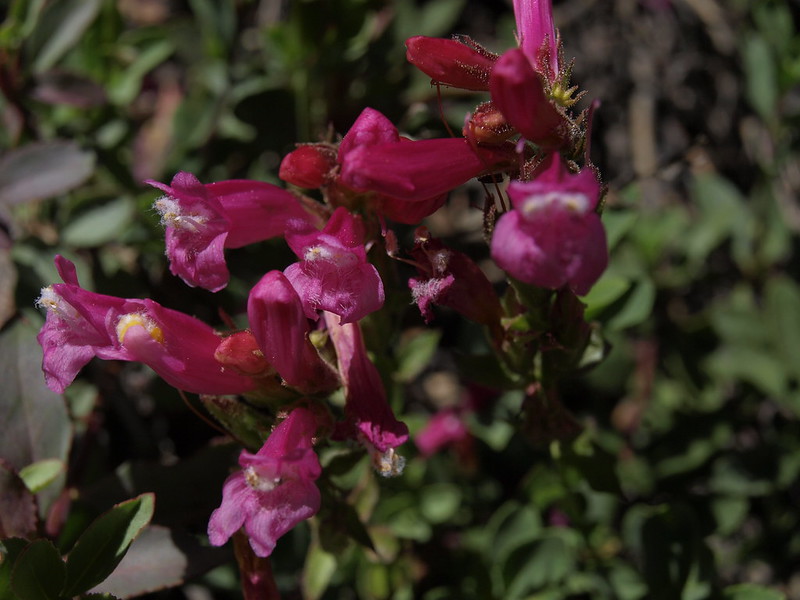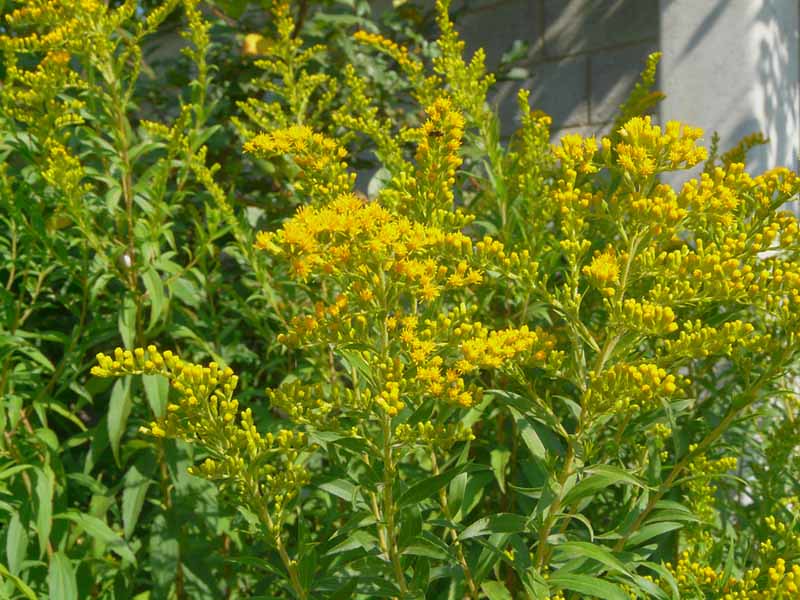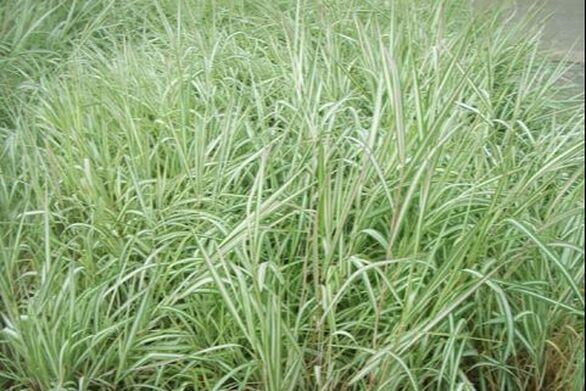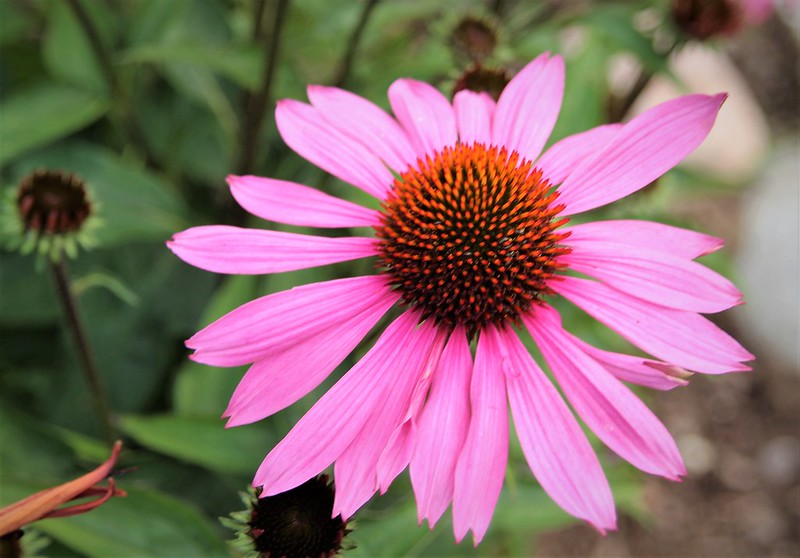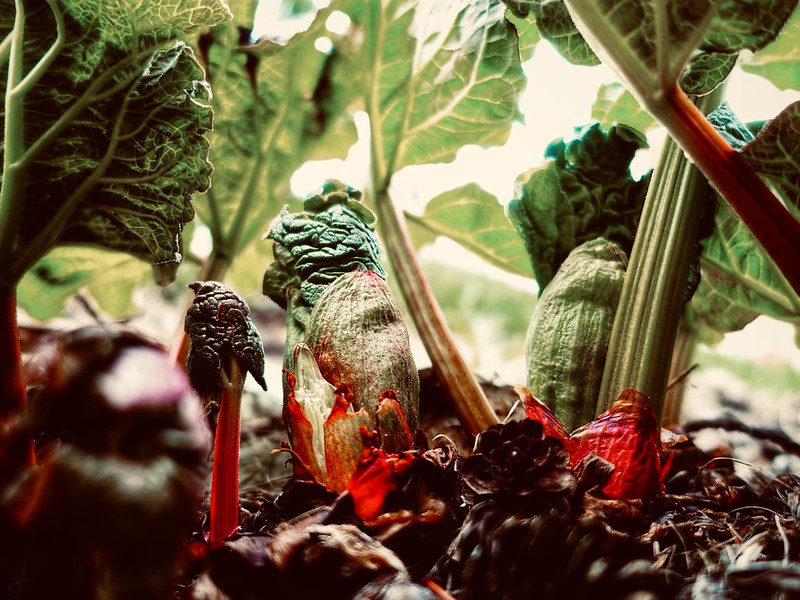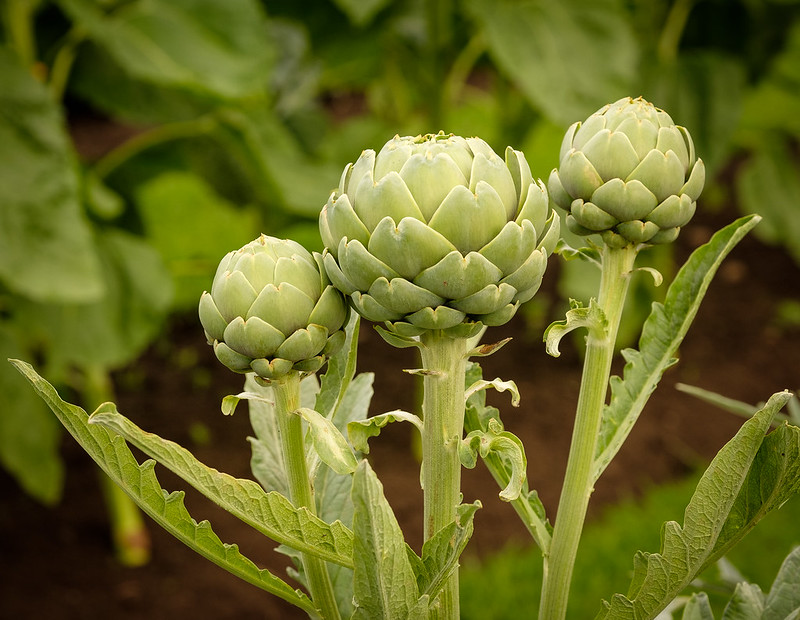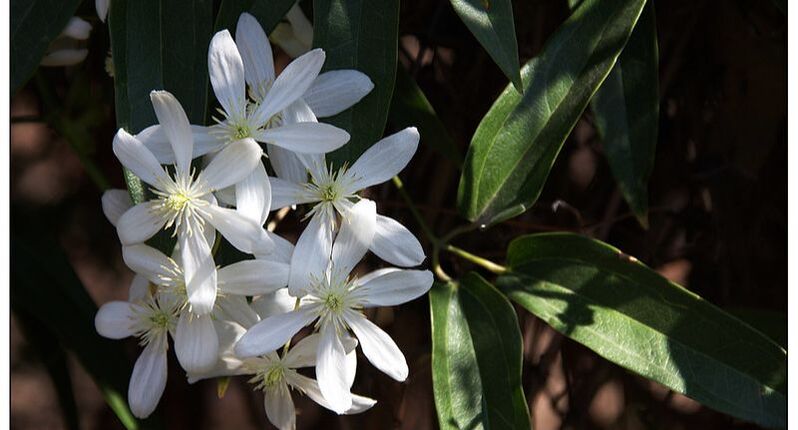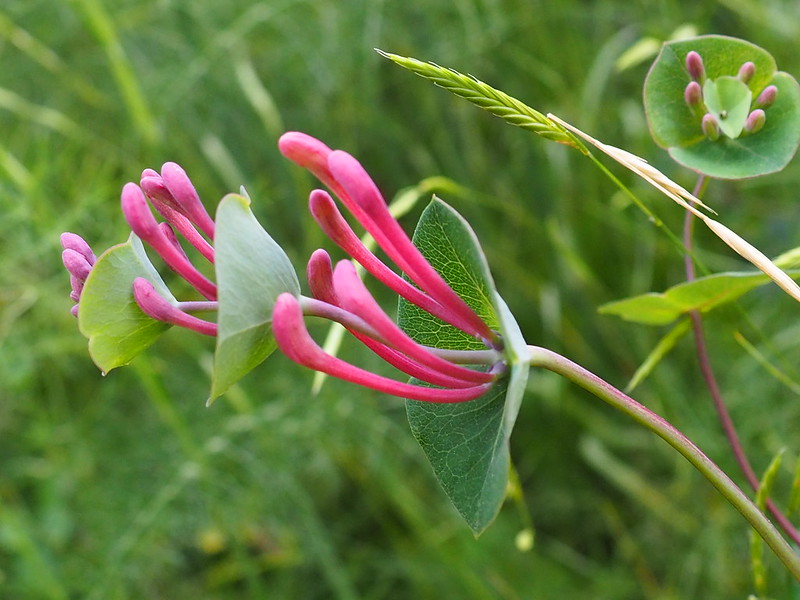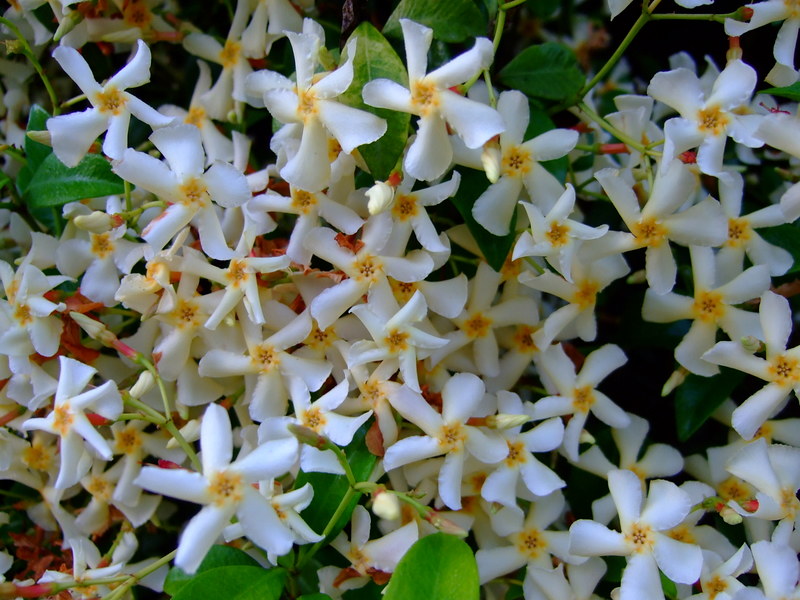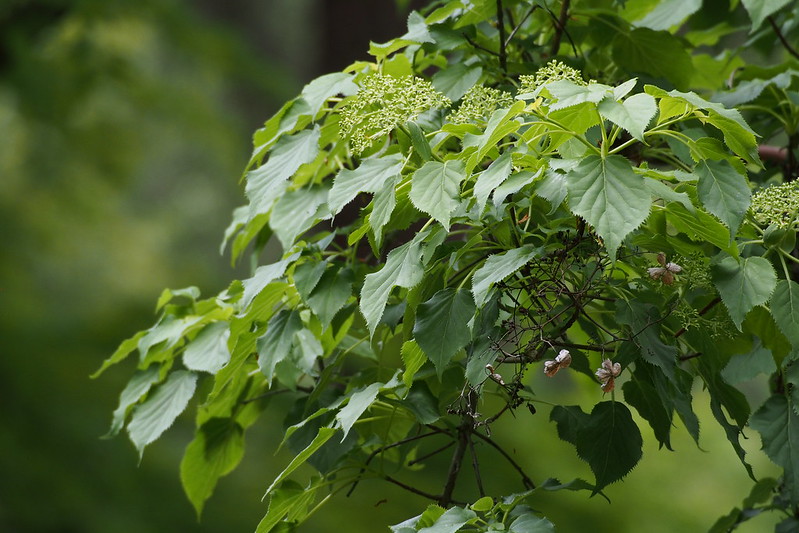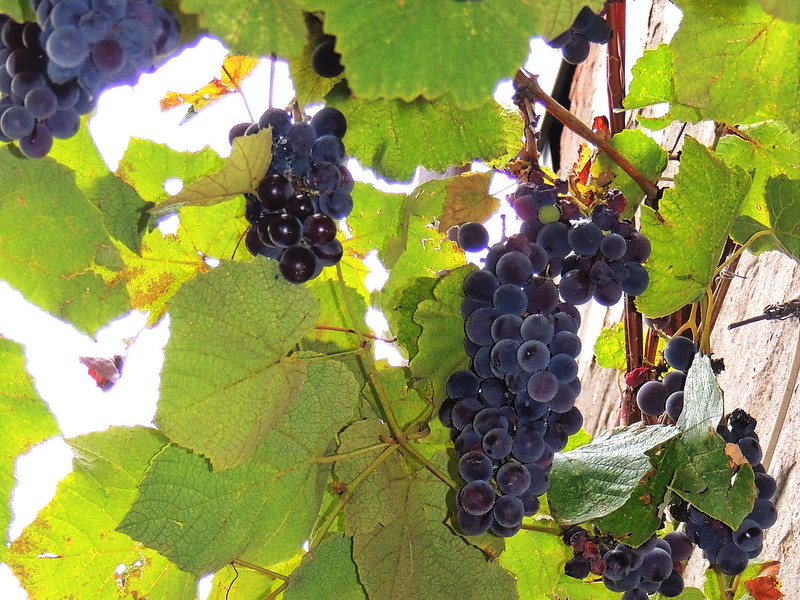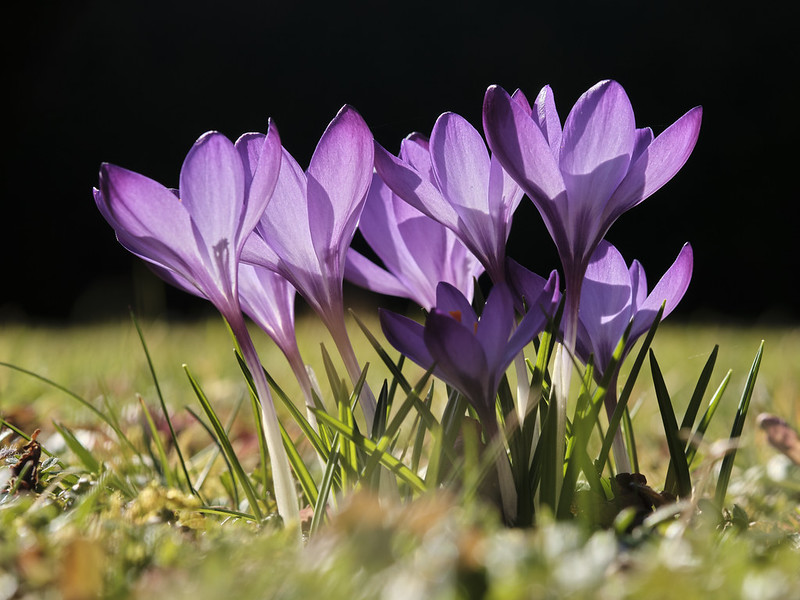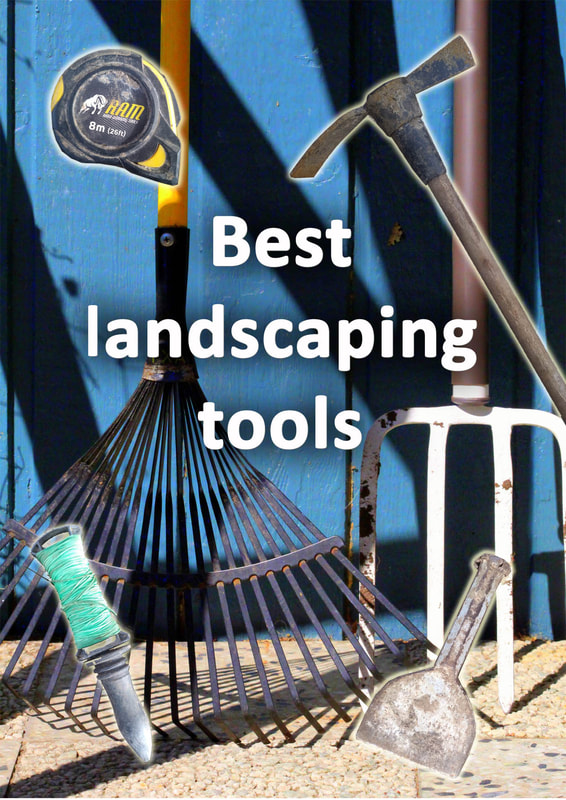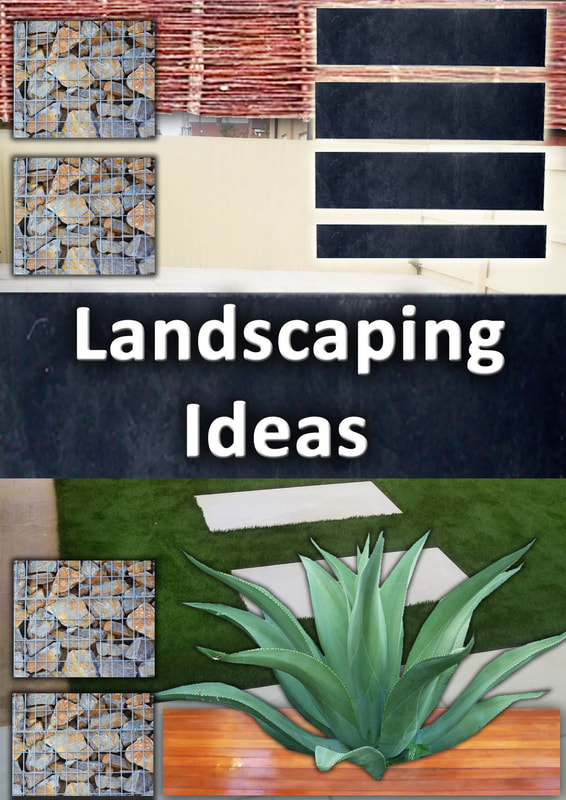|
This article contains affiliate links
A beautiful garden full with interesting and colourful plants is the ambition of many. However having flower borders bursting with seasonal interest and low maintenance do not really go hand in hand.
Most gardeners today do not have endless amounts of time to tend to garden borders. This means gardens are becoming ever more sterile and sometimes completely bare. However gardeners should be aware that with careful species selection a low maintenance garden is possible. A typical problem with gardens is people plant shrubs which are too prolific and grow too large. This results in continuous cutting and trimming throughout the season. Consequently borders become filled with a series of large, clipped rectangles which shade everything else out. The key to achieving low maintenance borders is understanding the scale of your site relative to individual plants. By choosing plants that will reach a climax of vegetation without growing too large is essential. These low maintenance plants will maintain their form without growing out of control. This means less cutting and trimming resulting in less work and better looking borders. The best low maintenance plants fall into three main categories; shrubs, perennials and climbers. We have listed and described 50 low maintenance plants below for better looking and more manageable planting schemes below. ShrubsCotinus coggygria
Sometimes known as the European smoke bush, Cotinus is a very striking, medium shaped shrub. It very rarely gets any larger than two meters tall meaning it will not get too big. A traditional favourite is the ‘Royal Purple’ variety which has striking dark, purple, foliage. This shrub is perfect for adding contrast to your borders.
Spirea japonica
This small and compact little shrub is famous for its radiant seasonal colour which seems to slowly change throughout the season. Early spring greens seamlessly change to yellow, darks browns and then reds during the autumn. Never really growing more than a metre this shrub is a perfect, low maintenance plant.
Hydrandgea macrophylla
This medium sized shrub is a favourite of many gardeners with its circular form and large flowers. Originally native to Japan, this shrub never gets much over 2 metres with blooms of white, pink, purple and blue. If you ever want to regenerate the bush simply coppice or cut it to a few inches above the soil.
Mahonia aquifolium
Sometimes referred to as the Oregon grape, this hardy shrub is from the Pacific Northwest of the USA. It has a vertical growing habit with shiny and serrated purple tinted leaves. It bears attractive, yellow flowers followed by dark purple, grape like fruits. This shrub never gets much bigger than a metre and can even tolerate shady conditions.
Hamamelis mollis
More traditionally known as Witch hazel this interesting shrub has a restricted growing habit and spectacular autumn colour. Thought of as a medicinal plant this shrub is very low maintenance not growing much more than 5 metres. Sometimes thought of more as a small tree it has striking and scented, ribbon like blooms in February.
Daphne odora
Native to East Asia this small shrub is an extremely attractive, shade loving plant that never grows more that 1.5 metres. In spring it bears beautiful, small, white flowers with exceptional fragrance which can fill an area. This shrub is hardy down to around -10 and prefers a slightly acidic soil in part shade.
Pieris japonica
Grown for its early spring flowers, Pieris japonica is a good looking shrub which will never gets out of control. It is evergreen so will still look good in winter and has an arching growing habit. This shrub is slow growing and will keep its attractive form without bushing up too much. Pieris very rarely ever get over three metres in height.
Fatsia Japonica
Fatsia Japonica is an evergreen shrub which typically grows no more than three metres. It has a vertical growing habit and combined with its tropical looking leaves looks almost palm like. Due to its growing habit this plant rarely loses its form making it perfect for low maintenance borders.
Phormium tenax
Originally from New Zealand this unusual shrub looks somewhere between a palm and a grass. Its leathery, evergreen foliage can come in a wide range of colours making it very aesthetic. This shrub generally gets no larger than 2.5 metres tall, however there are many dwarf varieties which are much smaller. The great thing about this shrub is it will never lose its shape making it a perfect low maintenance plant for the garden.
Cotoneaster horizontalis
This very common landscaping plant has an ability to put up with very challenging conditions. Its autumn berries provide seasonal interest and is much loved by both birds and bees. This shrub has a low, horizontal growing habit making it a great ground cover plant.
Camellia japonica
Also known as Japanese Camellia this extremely beautiful shrub is famous for its dazzling, rose like flowers. The flowers bloom during the winter time making them even more valuable! Some Camellias can grow very large but most garden varieties don’t get more than two metres tall. Preferring acid soil these slow growing shrubs will hardly ever require any form of pruning.
Lavandula
More typically referred to as lavender this is a well known, small shrub from the Mediterranean. This plant maintains a tight growing form with an attractive blue, grey foliage. In summer lavender produces very charming blue or purple flowers which bees love. The foliage has a classic lavender aroma and is tolerant of both drought and low nutrient soil.
Salvia officinalis
Better known as sage this culinary herb is also an aesthetically pleasing plant in the flower border. These now come in a varied range foliage colours from greens to silver and also purple. Its low spreading habit makes it perfect as a ground cover plant. It never grows much more than 400mm making a perfect low maintenance plant.
Euonymus fortunei
This small and low growing evergreen shrub has striking variegated foliage and is native to South East Asia. Being very tolerant of difficult growing conditions this plant has become a perfect low maintenance species for commercial landscaping. It is typically grown in blocks to form a dense ground cover.
Aucuba japonica
With its dark green and speckled foliage this tropical looking shrub is compact and striking. A favourite in tropical garden schemes this pant is actually very cold hardy. They rarely grow over 2.5 metres meaning they are easy to maintain. They produce masses of small, purple flowers followed by bright red fruit.
Yucca Gloriosa
Growing to a maximum height of 2.5 metres this spiky Yucca plant is extremely drought tolerant and pleasing to the eye. Its palm like decorative foliage is perfect for Mediterranean of tropical garden themes. Every summer it throws up a tall central spear which explodes in stunning white flowers. This native to the Eastern USA is slow growing and maintains an attractive shape all year.
Fargesia Nitida
Fargesia is an evergreen bamboo with extremely soft, feather like foliage and stems. Also known as Chinese fountain bamboo when established its stems are large and arching. This can produce a dramatic effect and its fine textured leaves make a great back drop to other stunning plants. Unlike other, more aggressive bamboos Fargesia is easy to control and very compact.
Miscanthus sinensis gracillimus
This very popular grass originally from China is actually a perennial and not a shrub. I am however placing it in the shrub section due to its large size and all year round interest. Every season this grass throws up new, deep, green foliage which dances in the breeze. In late summer it throws up decorative seed heads which are tinted purple. In autumn the dead, golden foliage can be left to stand for winter interest.
Festuca glauca
Festuca glauca is a small, clump forming grass with amazing blue, grey foliage. This low growing grass never gets very tall but easily spreads outwards. This makes it perfect for creating a soft carpet of light that crowds out the weeds. This grass is perfect for a low maintenance flower border or a decorative ground cover.
Arundo donax
This tall, reed like grass is not small by any stretch of the imagination. However it is generally easy to keep restrained and looks great with very little maintenance. Like Miscanthus its dead stems can be left for winter interest and cleared away in spring. To keep it from spreading it can be grown in raised beds or pots. It is extremely drought tolerant and the variegated variety is exceptionally attractive.
Heuchera villosa
This small, evergreen plant native to the USA is tolerant of most growing conditions including the cold. It forms need and low growing clumps perfect for the front of a flower border. This attractive plant can come in a range of foliage colours from very light green to purple. Commonly grown as a groundcover it maintains a neat form and never gets out of control.
Bergenia
Native to Asia this rhizomatous and clump forming plant has a tropical look to it. Similar to Heuchera it will spread outwards instead of growing bushy. This makes it easy to maintain and help to keep encroaching weeds at bay. Their foliage provides dense thickets of moist leaves which are perfect for sheltering amphibians.
Ophiopogon planiscapus nigrescens
More commonly known as ‘Black Mondo Grass’ this clump forming, attractive plant can literally create a sea of black. This is perfect for block planting and creating contrast with hard landscaping elements. Like Festuca it can crowd out weeds and never gets out of control, a perfect low maintenance plant for the flower border.
Euphorbia
Euphobias are a very broad group of plants which vary tremendously. One of the most common garden varieties is euphorbia cyparissias. Originally native to coastal areas and grasslands of Europe it is both tough and drought tolerant. Growing no more than 40cm’s tall this decorative plant has light, green foliage and bright yellow flowers.
Trachycarpus fortunei
Typically known as the Chinese windmill palm this robust, tropical looking plant is perfect for a tropical border. With its architectural form and slow growing nature it is the perfect low maintenance specimen. Unlike most palms it will tolerate cold weather making it a much loved focal point in temperate regions.
Laurus nobilis
Laurus nobilis is an evergreen, aromatic shrub widely used in cooking and more commonly known as bay. Bay trees are attractive small trees with pleasant, dark green, glossy foliage. Originally from the Mediterranean region it loves full sun and a well drained soil. Bay trees can be easily kept small and even pruned into low growing hedges.
Thymus serpyllum
There are very few who will not be familiar with this aromatic herb. It is often the case however that many to do appreciate it as a landscaping plant. This small, clumping herb is very tolerant of drought and can form a dense, ground cover plant.
Creeping varieties of thyme can also be planted in dry stone walls and rockery gardens. The low spreading nature of this species means it is a perfect low maintenance plant for the garden. The bees love the flowers and you can even use it in your kitchen! Rosmarinus officinalis
Rosemary, like thyme is an extremely well know herb used in cooking. However in the right conditions can be the perfect accompaniment to the garden border. This small shrub will usually grow to a height and spread of around 1.5 metres. However due to its prolific harvesting usually remains much smaller. Rosemary has attractive, evergreen foliage and also radiant flowers in summer.
Calicarpus
This small shrub is famous for its almost metallic like, purple berries in autumn time. Originally from Asia this interesting shrub is both compact and tolerant of most conditions. It is deciduous in temperate regions but will never grow to very large proportions. Its reserved nature and delicate form makes it perfect for low maintenance gardens.
Hakonechloa macra
This small, clump forming grass is originally from the mountain forests of Japan. It has an upright, weeping habit and very slowly increases in circumference. Its long blades are thick but delicate giving it a soft look. This very aesthetic grass grows to a maximum of 60cm making it ideal for a low maintenance scheme.
PerennialsLupinus
More commonly known as Lupins these attractive perennials are leguminous meaning they add nitrogen to the soil. They have vertical clusters of bean like flowers and come in a wide variety of colours.
Crocosmia
Crocosmia are a very popular summer flowering bulb with blade like foliage. Originally from South Africa they come up every year and have striking red, orange flowers.
Helleborus
These herbaceous perennials are native to the woodlands of Europe and tolerate shady environments. They flower in late winter which is a welcome site at this dormant time of the season.
Paeony
Native to Eurasia and North America these perennial plants have the most spectacular blooms. The flowers are somewhere between a rose and carnation with superb colour.
Aster
These plants have a vertical growing habit which is typically restricted to a few stems. They grow to around a metre tall and have blue, daisy like flowers. These will divide at the base every season.
Hosta
Hosta’s are an absolute delight in the garden, it’s just a shame the slugs think so too! These tropical looking plants come up every season and will tolerate a shady position, these benefit from a good layer of mulch.
Matteuccia struthiopteris
Commonly known as Ostrich fern or 'fiddle heads' these majestic ferns work well in a shady position. Once established this hardy fern will grow to between one and two metres in height.
Sedum herbstfreude
Sedum herbstfrude is a robust perennial which is a type of succulent. It has fleshy leaves which store water in hot, dry conditions. This makes them perfect for areas which suffer from drought and come autumn they have large, attractive flowers.
Hemerocallis lilioasphodelus
Native to Eurasia this perennial is well known for its Lilly like flowers which open in the late afternoon. Also known as the 'Daylily' it forms spreading clumps and has grass like foliage. It can be used as a flowering and fragrant ground cover in a full sun position.
Penstemon
Famous for their ability to put up with extreme cold these flowering plants originate from near arctic regions. There are many different types all with individually beautiful flowers which bloom in late summer.
Solidago
Also known as ‘Golden Rod’ this hardy perennial has tall, vertical stems which grow around a metre tall. It is very closely related to aster and like aster spreads at the base and is very hardy. In summer its golden, yellow flowers inject sprays of colour to flower borders.
Phalaris arundinacea
This perennial clump forming grass is widespread in the northern hemisphere and can thrive in a variety of environments. This striking, variegated grass also known as ‘Reed Canary Grass’ looks dramatic in low maintenance planting schemes.
Echinacea
The 'Coneflower' is a herbaceous perennial famous for its large, hypnotising, purple flowers. Native to North America it freely inhabits both woodlands and open prairies. A low maintenance plant, it is tolerant of a wide range of growing conditions.
Rheum rhabarbarum
Not generally thought of as one for the flower border rhubarb is a delicious vegetable usually enjoyed in crumbles. This robust perennial has, attractive, large leaves and looks great in the flower border. Plus you get crumble!
Cynara scolymus
Leading on from one perennial vegetable to another, Globe artichokes are amongst some of the most beautiful plants there are! With their architectural form and silver foliage they can look great planted anywhere. Even if you find harvesting them a fiddle they are a great low maintenance specimen for the garden.
ClimbersClematis armandii
Clematis almandii is a beautiful, winter flowering climber which also has dark evergreen foliage. It is not as prolific as more robust climbers making for a more low maintenance option. During the month of February it erupts into bloom with fragrant, white flowers.
Lonicera periclymenum
More commonly known as Honeysuckle this delicate but hardy climber is a native to Eurasia. Naturally occurring in deciduous woodlands this climber can thrive in shady conditions. During the summer it opens its fragrant and tubular flowers which are strikingly beautiful!
Trachelospermum jasminoides
This radiant, evergreen climber is originally from Southeast Asia and is commonly known as the 'Star jasmine'. When given fertile, well drained soil and full sun it will reward you with its scented, jasmine like flowers. Not growing much taller than 5 metres it is a great climber for low maintenance situations.
Hydrangea petiolaris
This climbing hydrangea is originally from the far east of Russia. It can therefore take extremely cold conditions and put up with shady, north facing walls. Not only does this make it extremely useful in difficult situations it also has extremely attractive blooms. This climber has large, hydrangea like flowers and happily grows up any wall with some support. Thought of more as a climbing shrub it is not aggressive making it low maintenance.
Vitis vinifera
Known more to everyone as the 'Common grape' this climbing, fruit producing vine has been cultivated for thousands of years. With its multitude of varieties its fruit can range in suitability for deserts or winemaking. Grapevines are quick to establish but not aggressive climbers and easy to keep under control.
They can look extremely attractive especially climbing over pergolas. In some varieties the vines are bred just for large leaves which are edible and can be stuffed. In ornamental varieties such as coignetiae their foliage has the most radiant autumn colour which is difficult to match! Bulbs
In regard to planting low maintenance plants I do believe bulbs require quick a mention. Bulbs by their very nature are extremely low maintenance plants. These can either be winter; spring or summer flowering and pretty much take care of themselves once planted.
Over time bulbs can divide and evolve denser, growing communities. These can be lifted, divided or given to wanting friends and family. Some bulbs such as daffodils do benefit from tying up their spent foliage neatly but generally bulbs are very low maintenance indeed.
For further reading on some of the best low maintenance plants for your garden borders check out this great book below:
Thinking of building your low maintenance garden yourself? Why not visit our resource page or recommended landscaping tools article here.
If you require a landscaper, landscape gardening or garden design services why not contact Paul and his team. Our landscape services cover Buckinghamshire, Oxfordshire Hertfordshire and the Chiltern region.
Some of our typical project locations include; Amersham, Aylesbury, Beaconsfield, Berkhamsted, Chalfont, Chesham, Gerard's Cross, Great Missenden, High Wycombe, Princes Risborough and Wendover.
2 Comments
11/27/2021 11:09:43 pm
This is such a great list. I know that there are many low maintenance plants but I didn't know they are these many! I bet there are more and I'm excited to know them all. Thank you for sharing!
Reply
Leave a Reply. |
The Author
|
Landscaping services across Buckinghamshire, Amersham, Aylesbury & High Wycombe
Hyde Heath, Amersham, Buckinghamshire |
|

